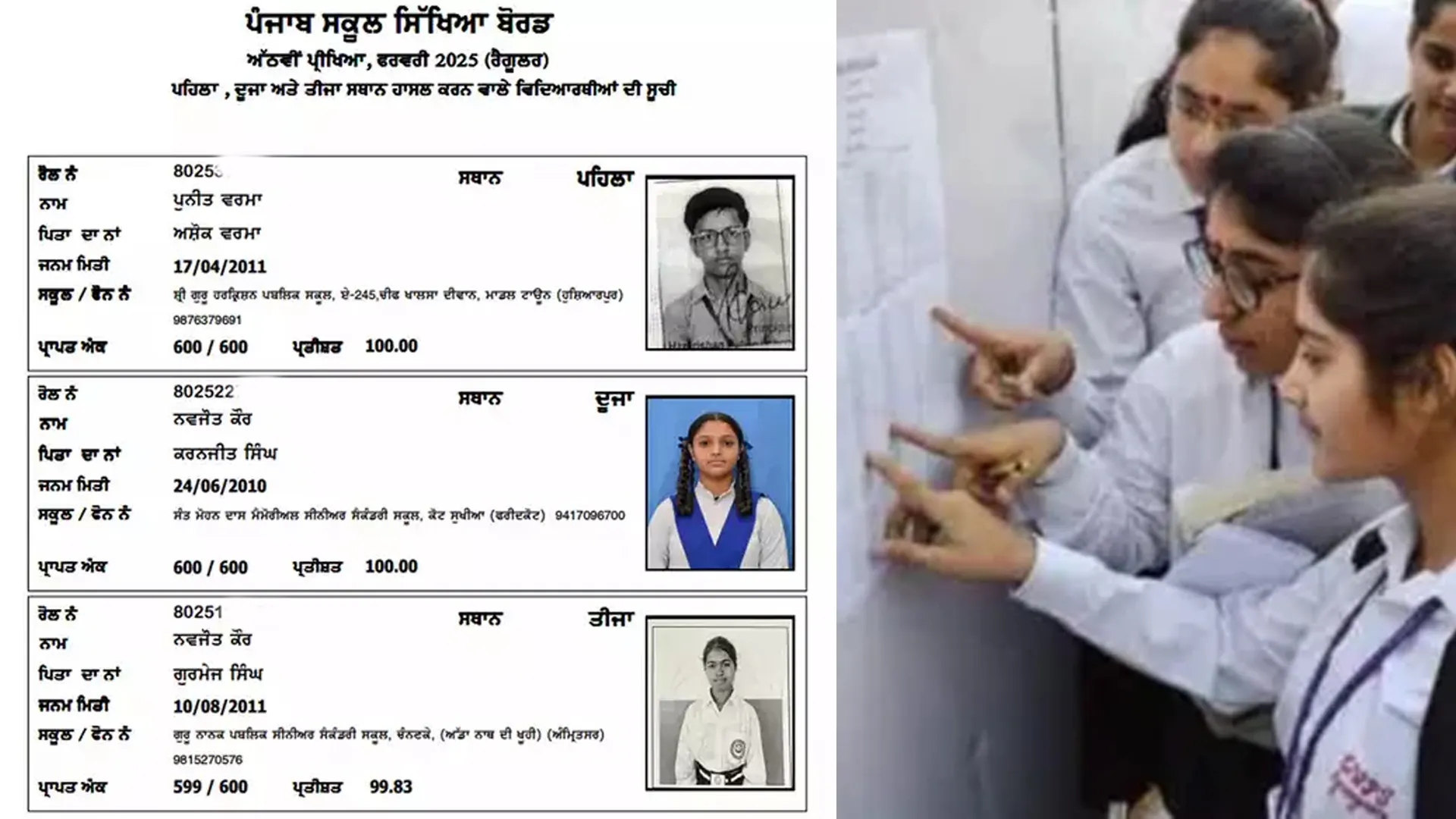The National Testing Agency (NTA) has recently found itself in the spotlight after the UGC-NET was cancelled due to alleged irregularities, and the NEET faced controversy. The UGC-NET is crucial for those aiming to teach in higher education, while NEET is essential for medical aspirants. Here’s a comprehensive breakdown of the unfolding situation:
- Centre Selection Process: The NTA begins by identifying test centres from a pre-existing list, which includes government schools previously used by the Central Board of Secondary Education (CBSE) and the NTA itself. The performance history of these schools as exam centres is carefully reviewed.
- Institutional Options: The NTA can also select institutions and colleges recognized by the All-India Council for Technical Education (AICTE).
- Permission and Background Checks: Once a final list of potential centres is decided, the NTA seeks permission from the selected schools. New centres undergo a thorough background check.
- Third-Party Involvement: The NTA enlists a third-party organization to conduct background checks on the exam centres and their management.
- Infrastructure Assessment: This third-party evaluates the infrastructure, seating capacity, and overall condition to ensure the school can securely host exams.
- Conflict of Interest: The third-party also ensures there is no conflict of interest between the exam centre management and other stakeholders.
- Exclusion of Coaching Institutes: Exam centres operated by coaching institutes are strictly prohibited. The infrastructure assessment includes ensuring the centre is accessible and friendly to differently-abled individuals.
- Blacklist Criteria: Any exam centre with a tainted record is blacklisted by the NTA. A virtual tour of the facility is conducted to evaluate security measures, including personnel at key entry and exit points.
- NTA’s Establishment and Mandate: Established in 2017, the NTA operates as an autonomous, self-sustaining organization tasked with conducting 15 highly competitive entrance exams for admissions in higher educational institutions. It aims to conduct these exams efficiently and transparently, adhering to global standards, and also provides training for school board personnel.
- Current Controversies: Despite its structured approach, the NTA is currently grappling with issues that have raised questions about its processes and the integrity of its exams.
The NTA’s systematic approach to selecting and verifying exam centres is designed to uphold the integrity and security of its exams. However, the recent controversies surrounding the UGC-NET and NEET highlight the challenges and scrutiny the agency faces in maintaining these standards.























